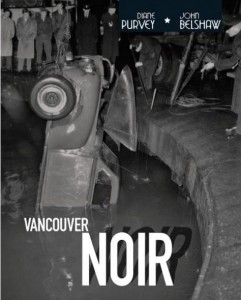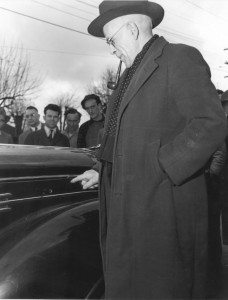Sam Wiebe is the award-winning author of the Wakeland novels, a detective series set in Vancouver that includes Invisible Dead and Hell and Gone.
“When poet-turned-screenwriter Paul Ling goes missing, his teenage daughter hires Vancouver P.I. Dave Wakeland to track him down. To the shock of his family and colleagues, Ling’s body is found within days in the home of a stranger, killed by a drug overdose—and Wakeland suspects foul play. Did Ling have a secret life that finally caught up with him, or did his search for creative material for his writing take him down a dangerous path? In the world of bad television and cutthroat competition, Wakeland will need his wits about him to sort friend from foe.”—Sam Wiebe’s Hollywood North.
Sam Wiebe just released Hollywood North as a thank you to his newsletter subscribers. And I’m grateful because it’s a terrific story that’s set in Vancouver and continues on from his two Dave Wakeland crime novels Invisible Dead (2016) and Cut you Down (2018). Wakeland is a former Vancouver Police officer turned PI and his character is intrinsically involved with the city, so much so, that Sam tells me that Vancouver became a character in his books.
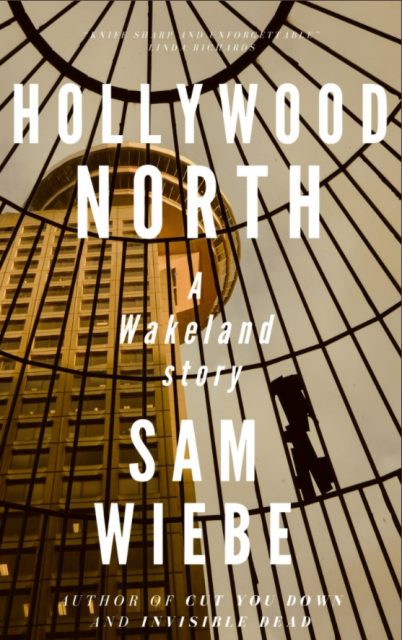
DTES:
And it’s not the glossy, international playground of the tourist brochures. Wakeland’s Vancouver is often the gritty streets of the DTES. Sam’s PI comes right up against the social issues of the day, whether that’s homelessness, drugs, sex workers or the missing and murdered Indigenous women.
One idea that turned up in Sam’s story Wonderful Life in Vancouver Noir (a 2018 collection of crime fiction that he edited) came from a story that Aaron Chapman wrote for the Vancouver Courier about the H Squad several years ago.
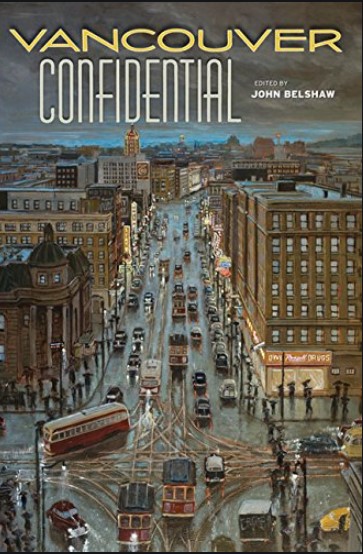
Vancouver Confidential:
Sam’s says he’s also inspired by Vancouver Confidential, a non-fiction book by John Belshaw featuring stories by writers such as Jesse Donaldson, Lani Russwurm, Aaron Chapman and me.
In Hollywood North, Sam tackles the vacuousness of the American film industry in Vancouver. And, I was excited to find two of my favourite heritage buildings in his story.
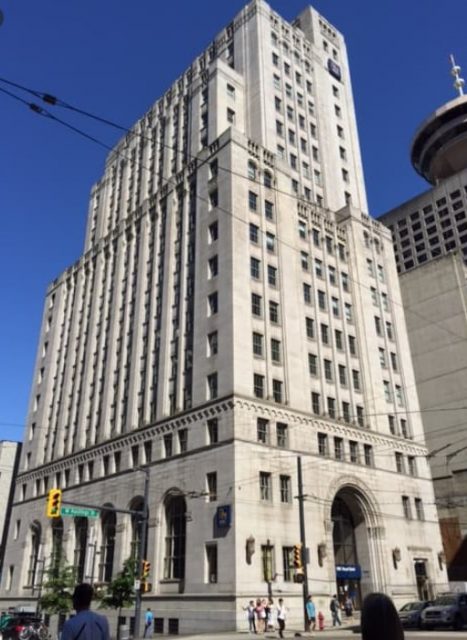
Royal Bank Building:
Wakeland’s office is in the Royal Bank Building on West Hastings, which also turns up in my new book Vancouver Exposed (the Royal Bank has the last elevator operator in the city).
“I just fell in love with the building and I thought if I was an up and coming PI that’s where I would shoot for,” he says. “I also liked that it was on Hastings street, because Hastings Street was so synonymous with the narrative of poverty and drugs and all that stuff and people forget that 90 percent of Hastings is either part of the financial district or bleeds into Burnaby and the suburbs. It’s a very vibrant street so I thought putting it there was important.”
The Canada Post building on West Georgia also has a role in Hollywood North and it’s part of Vancouver Exposed. Where Sam uses the building as a metaphor for bad American television and business practices, I talk about it through its art, its tunnel and its roof.
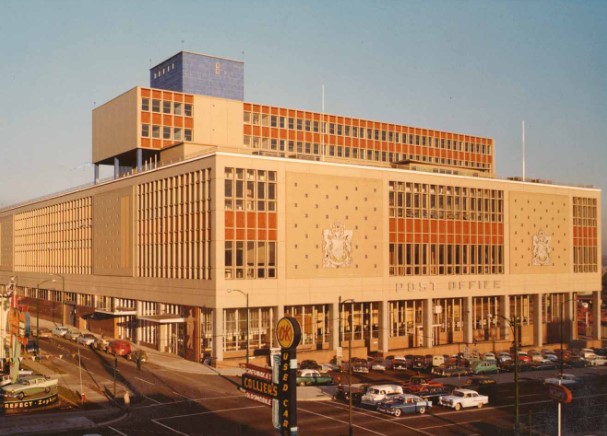
Want to read Hollywood North? Sign up for Sam’s newsletter and enjoy!
And look out for his new novella Never Going Back which will be out by the end of the month.
© All rights reserved. Unless otherwise indicated, content copyright Eve Lazarus.



